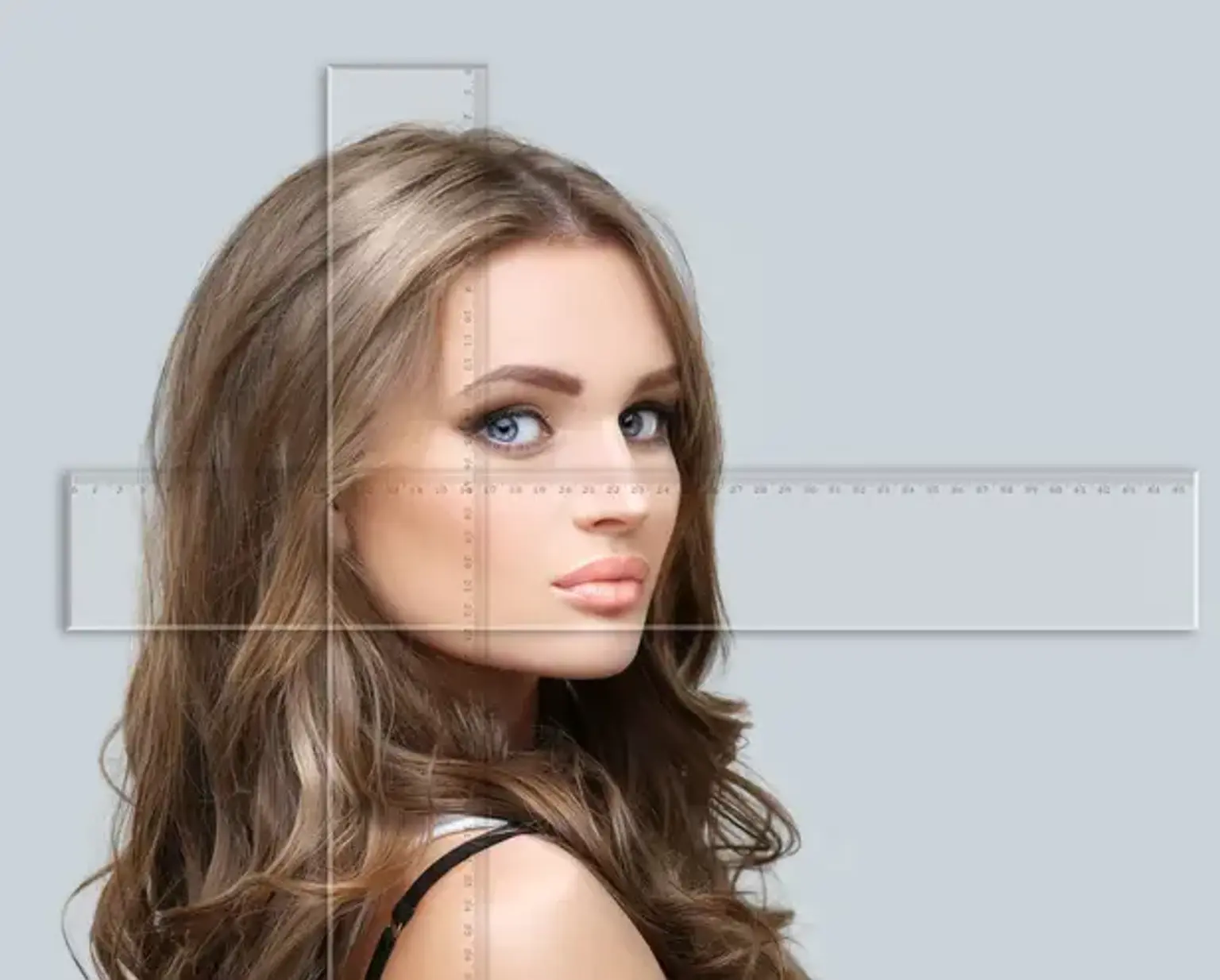What is Facial Symmetry Correction Surgery?
Facial symmetry is often considered a key feature of beauty. In fact, many studies suggest that balanced facial features are naturally perceived as more attractive. When a person's face has noticeable asymmetry, it can affect their confidence and self-esteem. Facial symmetry correction surgery is a procedure designed to balance the facial features, enhancing overall harmony.
This surgery can address issues such as uneven jawlines, asymmetric cheekbones, or noses that may be disproportionate to the rest of the face. The goal is to create a more symmetrical, balanced look that improves facial aesthetics.
Over the years, this procedure has gained popularity worldwide, with many seeking to improve their appearance. Whether for cosmetic reasons or as part of reconstructive surgery, facial symmetry correction can have life-changing results.
Causes of Facial Asymmetry
Facial asymmetry is quite common, and most people have some degree of it. Here are the primary causes:
Genetics: Natural asymmetry due to inherited traits is one of the most common reasons for facial imbalance. For example, one eyebrow may be higher than the other, or one side of the face may be fuller.
Injury or Trauma: Accidents or sports-related injuries can cause fractures or damage to the facial bones, leading to visible asymmetry.
Medical Conditions: Disorders such as temporomandibular joint (TMJ) dysfunction or congenital conditions (e.g., cleft lip/palate) can create imbalances in the face.
Aging: Over time, the face naturally loses volume and elasticity. One side of the face may age differently than the other, contributing to unevenness.
Understanding the cause of the asymmetry is key in determining the right treatment and surgical approach.
